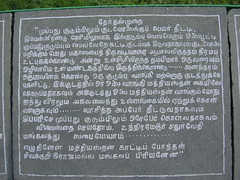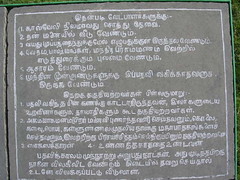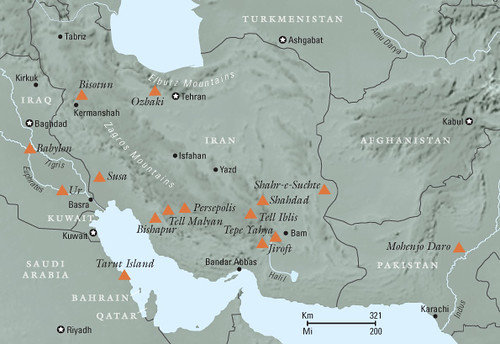When the Shankaracharya was arrested allegedly for conspiring to murder Sankararaman, the media went overboard with their character assassination. A major critic was the editor of Outlook, a Vinod Mehta. He went on BBC Radio and gave his version of the story.
Two days later the talk was published as an article on the BBC website with the title of “Murder, Mystery and Politics in India.” Straight away Mr. Mehta set the tone. “The charges are a tabloid journalist”s dream – murder, sleaze, debauchery, greed and sex,” he said. The story he went on to recount was meant to illustrate each of these “charges.” But it was overwhelmingly fictitious and certain crucial details stood in contradiction with the findings of the Supreme Court of India, made public some three weeks before Mr. Mehta delivered his talk on BBC Radio Four. His tabloid dream was of his own making.
When the devotees of the Shankaracharya complained about the inaccuracies in the article to the BBC, they acknowledged it, but refused to remove it from their web site. Finally the devotees engaged some lawyers in London and when faced with the prospect of a lawsuit, the BBC withdrew the article. They also apologized and reimbursed the expenses.
Update (1): M F Hussein is found guilty of hurting Hindu sentiments by a court. According to the court, “Hussain had been found guilty of ‘making objectionable paintings to hurt the feeling of a community and of disturbing communal harmony’.”
Update (2): Various Hindu groups have been fighting the State Board of Education in California on what is being taught in textbooks. Now they have decided to take the State Board to court.


